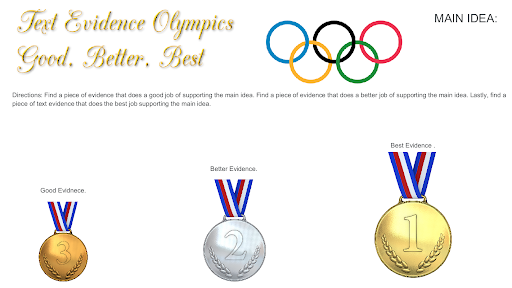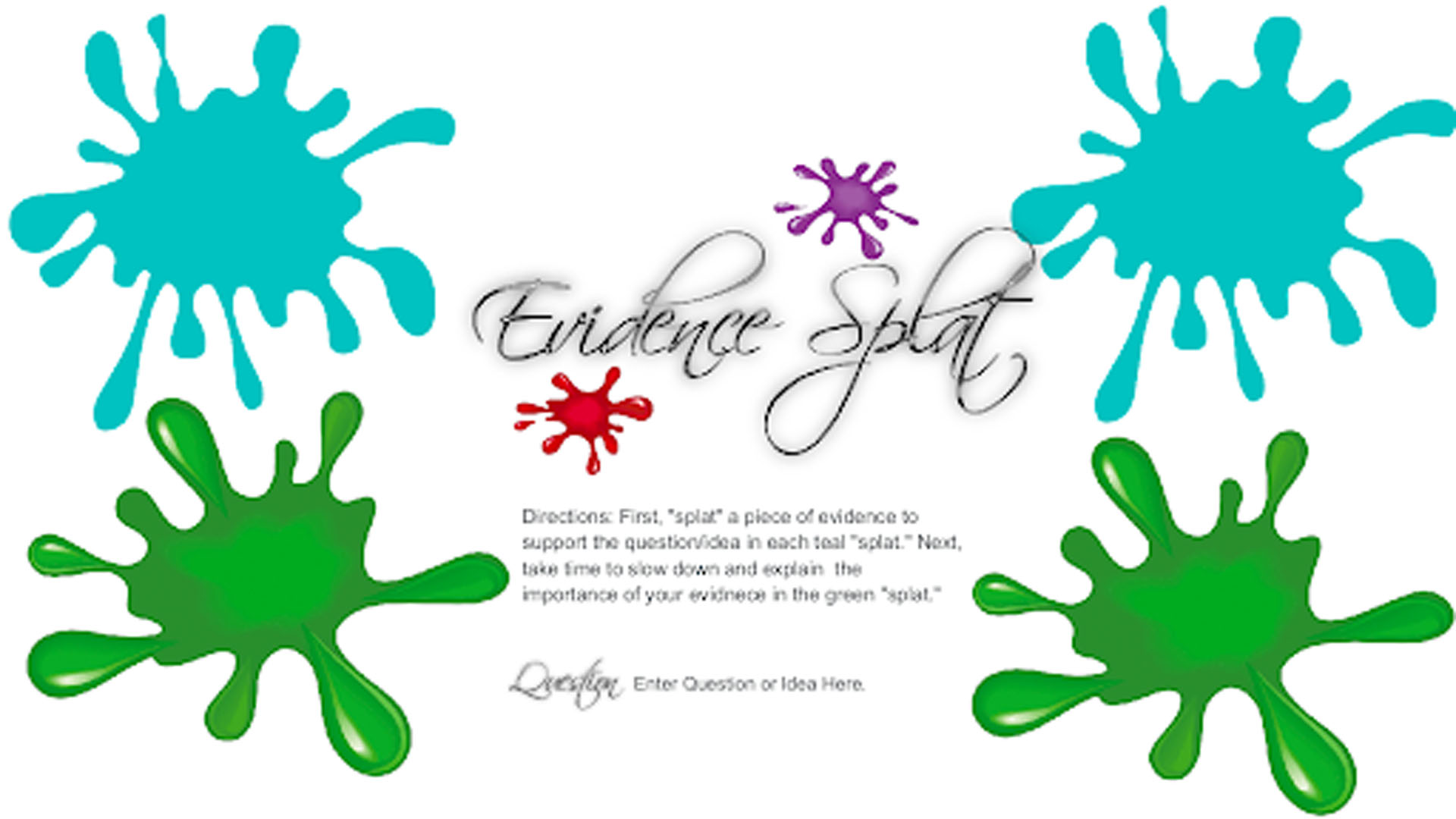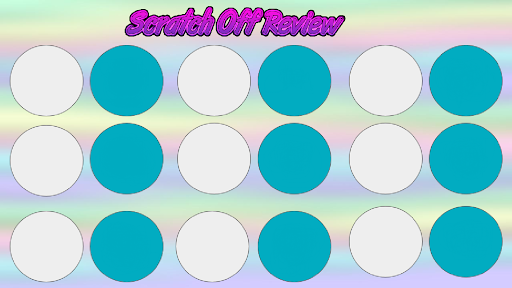Surely you have noticed that students are a lot more apt to do something when it looks “fun.” Honestly, our students lose their attention and motivation when they see a PowerPoint from 2004 or a worksheet from 1999. How can we make our content more appealing and engaging? With technology, there are multiple ways to turn a basic worksheet into something more visually appealing. One specific tool is Google Jamboard. Throughout this blog series, we will show you how to take your basic multiple choice, matching, and written questions and make them into exciting, engaging Jamboards. Feel free to check out our explanations, videos, and free templates! This is installment number two in our Content Glow Up Series! Check out Part 1 here.
With technology, there are multiple ways to turn a basic worksheet into something more visually appealing.
Today’s Topic: Open-Ended Question Glow Ups
Topic #1: Scratch and Reveal
We absolutely love this way for students to practice and receive immediate feedback! This is the perfect strategy to use when you need quick feedback regarding skills like reading comprehension questions, context clues, math problems, grammar skills, and more! This one may look a little more complicated, but our instructions will explain it to you! This can easily be used for any and all subject areas. Do students still have the answers to the odds in the back of their math books? This would be a great replacement for that! Click HERE to see a video about this template and activity!
Topic #2: Enticing Presentation with Mystery Spots & Hidden Objects
With a little imagination, a custom Jamboard background, and the drawing tool, content can be totally transformed in a way that entices, excites, and engages our learners. In Jamboard, drawings always stay on top. This allows items like text boxes, images, and sticky notes to be hidden behind drawings. So, just like magic, students can literally pull rabbits (or content questions) out of a hat! Some Jamboard enthusiasts refer to this method as mystery spots or mystery reveals. A lot of these ideas would be really fun to use in a digital or classroom escape room, too! Click here to see exactly how these templates work.
- Chopped Template
- Mystery Spot Template
- “The Raven” Allusion Example – Feel free to make a copy to see how students experience this assignment in the classroom.
Hidden Objects Hunt This type of task has students hunting for items that can then be sorted or selected. Think of this as an even further Glow Up of a “Drag and Drop” from our last blog! A Hidden Objects Hunt template looks complicated, but it takes mere minutes to make! Plus, you can modify and reuse it over and over again for a variety of tasks. Students can sort true and false statements, categorizing number types, sentence types, relevant and irrelevant evidence, and more. The options are limitless! Some learners are reluctant to get back into a novel, textbook, or a short story to select relevant evidence. They are overwhelmed and sometimes give up before even getting started. This offers relevant practice with the same skill, but in a way that is both accessible and exciting. As an extension, students could select the strongest pieces of available evidence, and then, develop their own claim. This video will show you how to make a Hidden Objects Hunt template in a matter of minutes, but we have also provided a template for you below.
Magnifying Glass Objects Hunt Template
Topic #3: Finding, Sorting, and Using Text Evidence
We know this is an area of struggle for a lot of our students. We put our brains together to find ways to allow students to find, store, and use text evidence via Google Jamboard activities! These activities will give you some new, fresh ways to sort text evidence, rate the strength of text evidence, and analyze text evidence, as well.
- Drag & Drop: There are several ways to utilize drag-and-drop tasks to analyze text evidence. Here are a few of our examples:
- Serial Podcast Example: This activity allows students to analyze and sort evidence from the podcast. Which evidence supports innocence? Which supports guilt? It is a quick check for understanding to find evidence, as I find a lot of my students just pick something from the text but do not really think about what it truly supports. You can create your own sort/drag and drop over any text or topic.
- Mr. Heron’s Allegiance Example: This fantastic Jam allows students to drag a piece of evidence out of the mystery bag and sort it under the correct category. Feel free to make a copy to practice this as a student would in the classroom.
- Text Evidence Olympics (Good, Better, Best): This activity forces students to look for multiple pieces of evidence to support a main idea. Next, students must rank the evidence. Which piece is just good evidence? Which piece is better? Which piece is the best? So many students rush to find evidence and finish, but this forces them to slow the process and truly find the best supporting details! You can find the template here.

- Evidence Splat: This two-part assignment has students “splat” evidence, as they are normally quick to find what they need. However, the next stop forces students to slow down and explain the importance or significance of the evidence. You can find the template here.

We hope you’ll add some JamBoard fun to your classroom lessons!
Resources
Please login or register to claim PGPs.
Alternatively, you may use the PGP Request Form if you prefer to not register an account.



